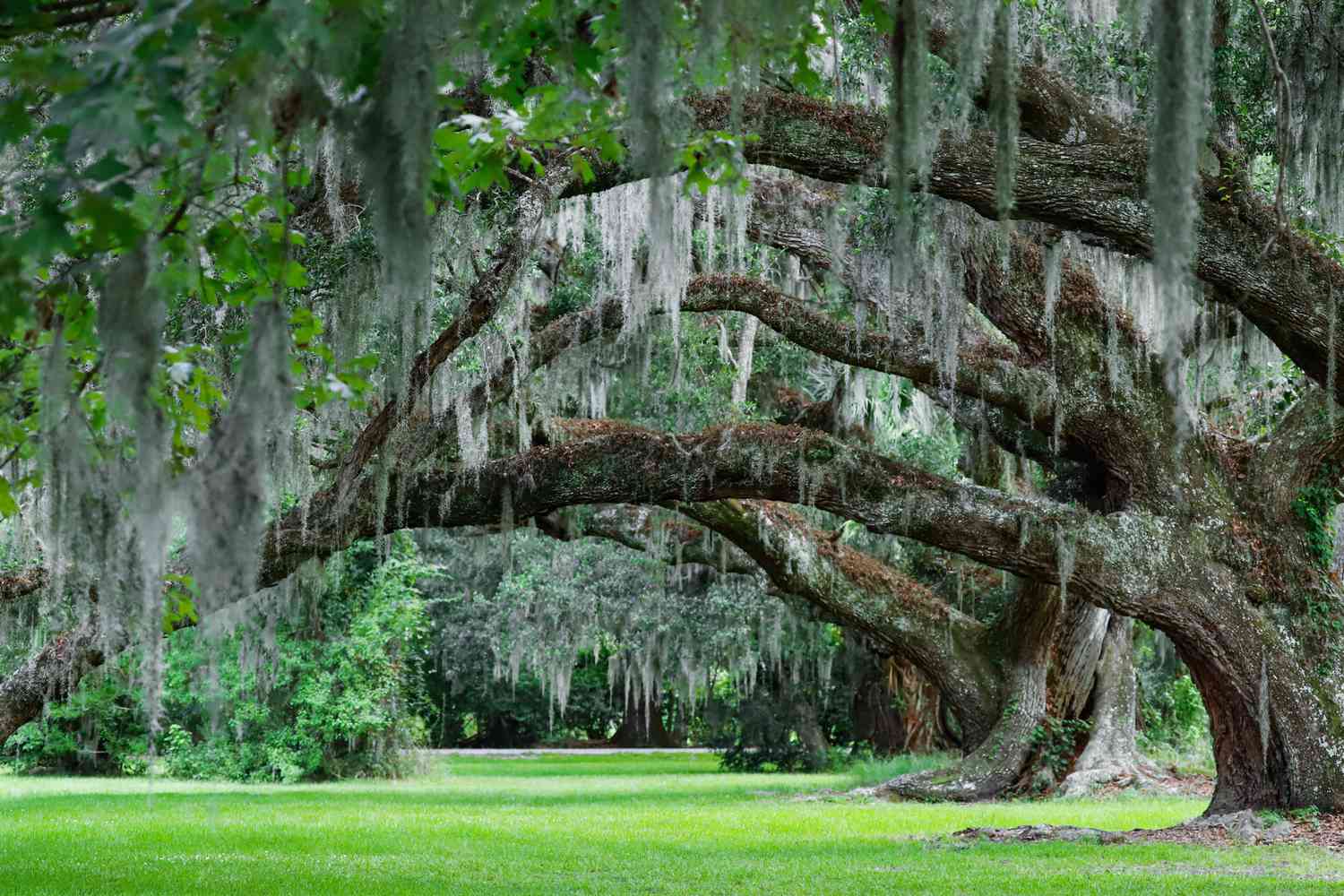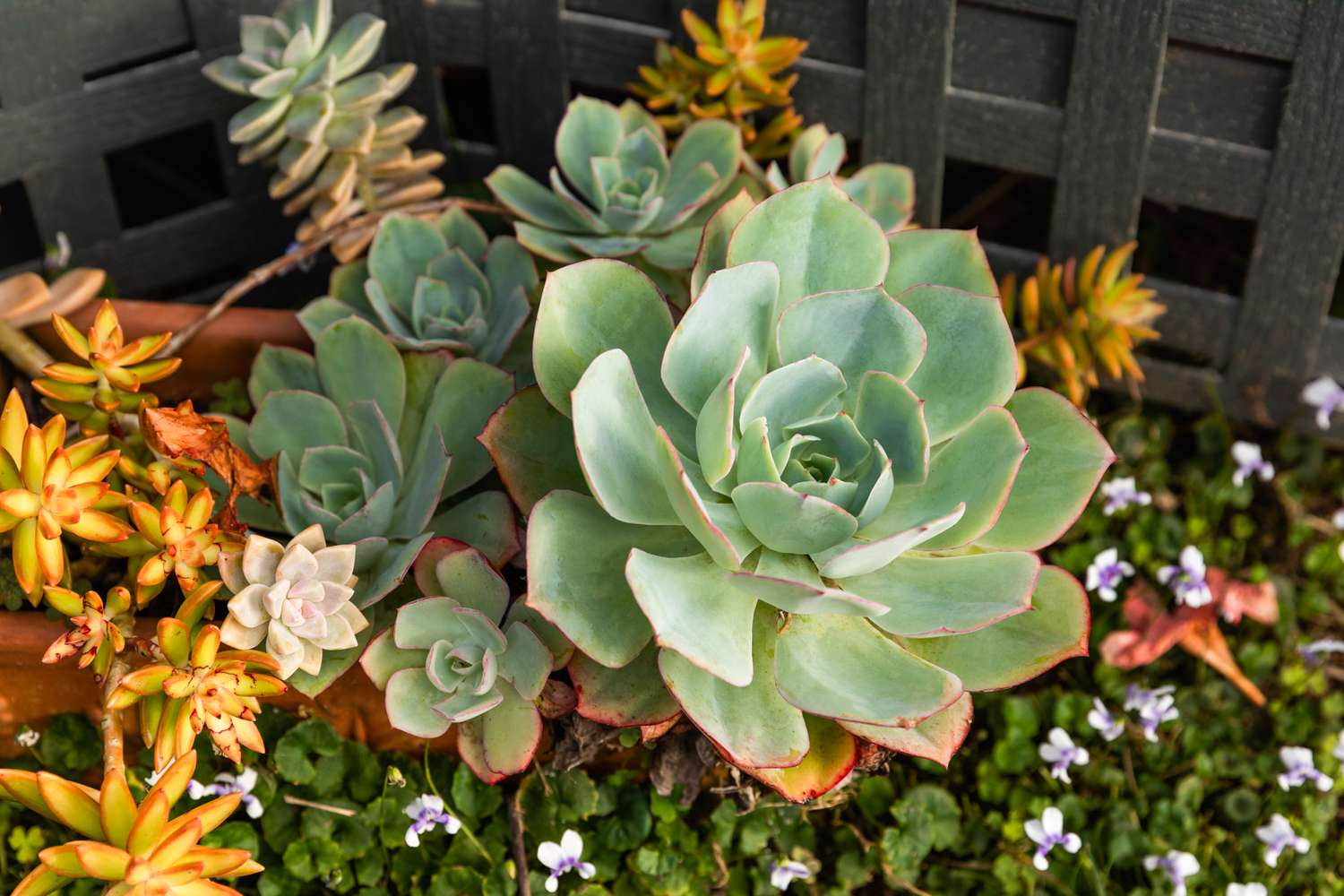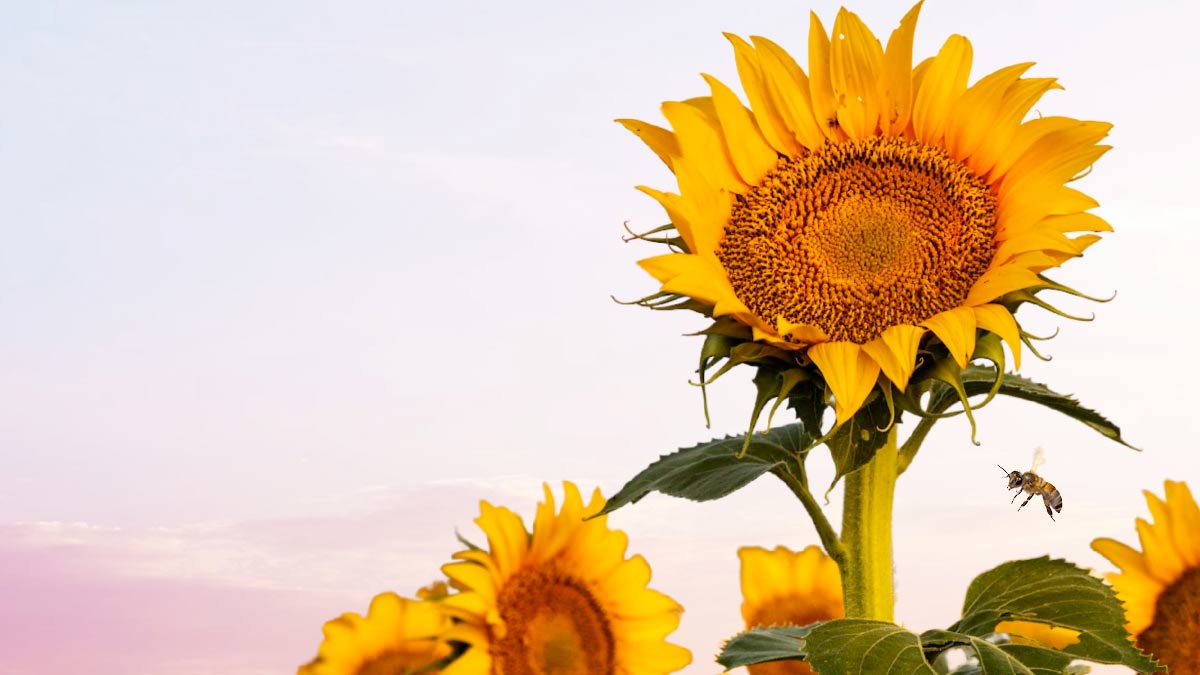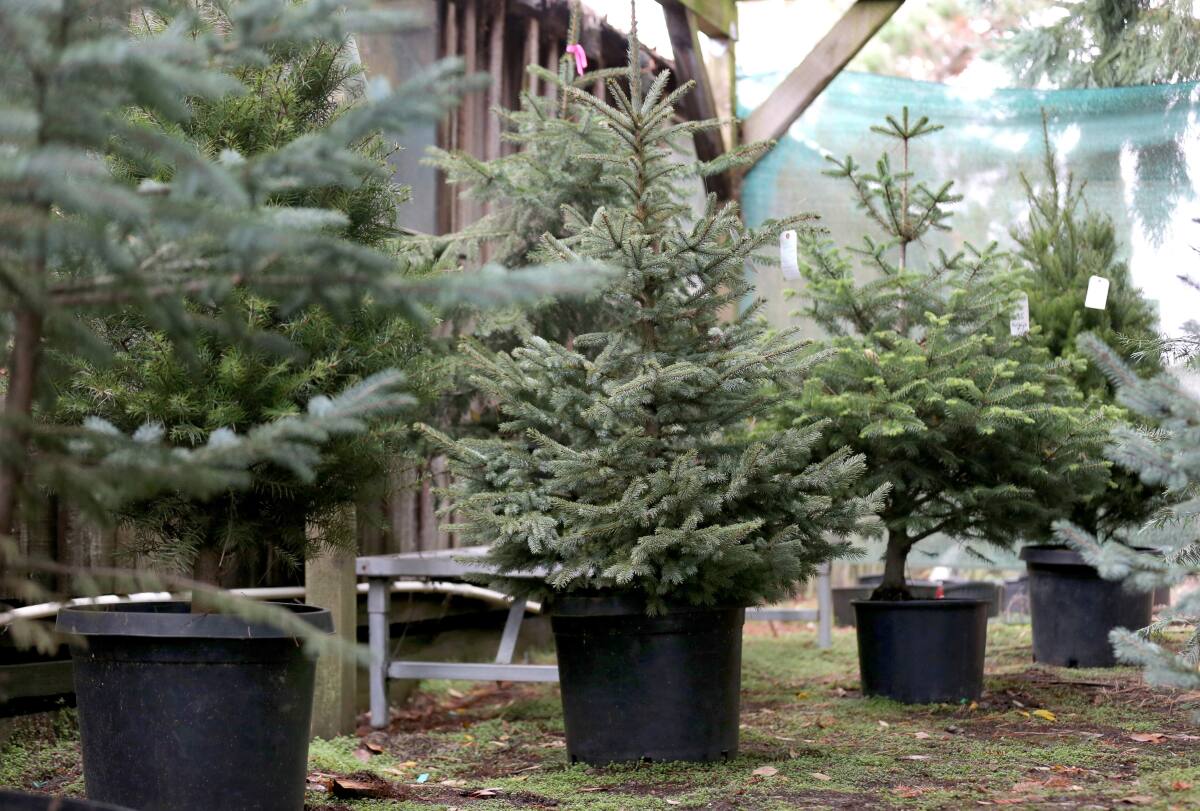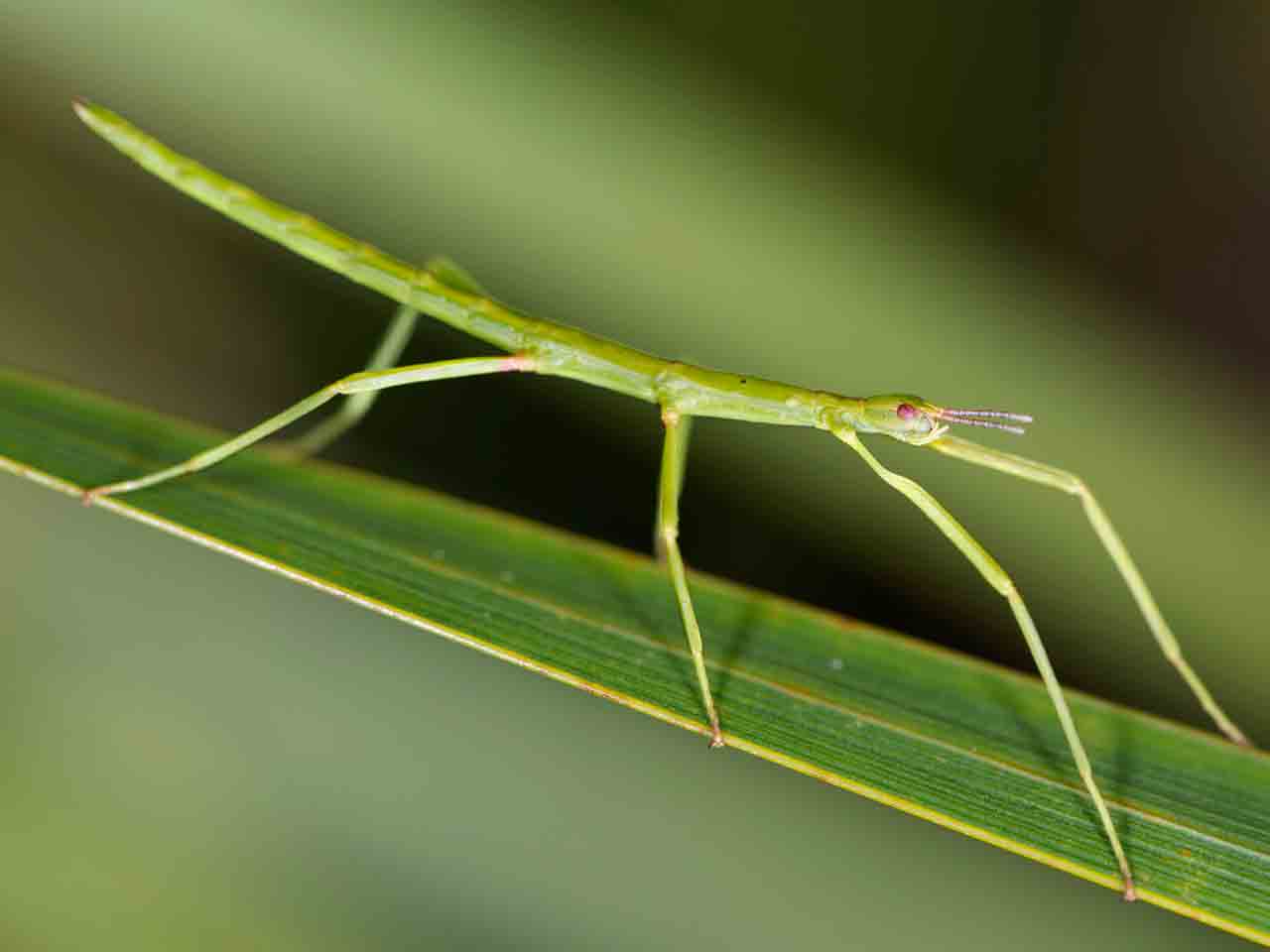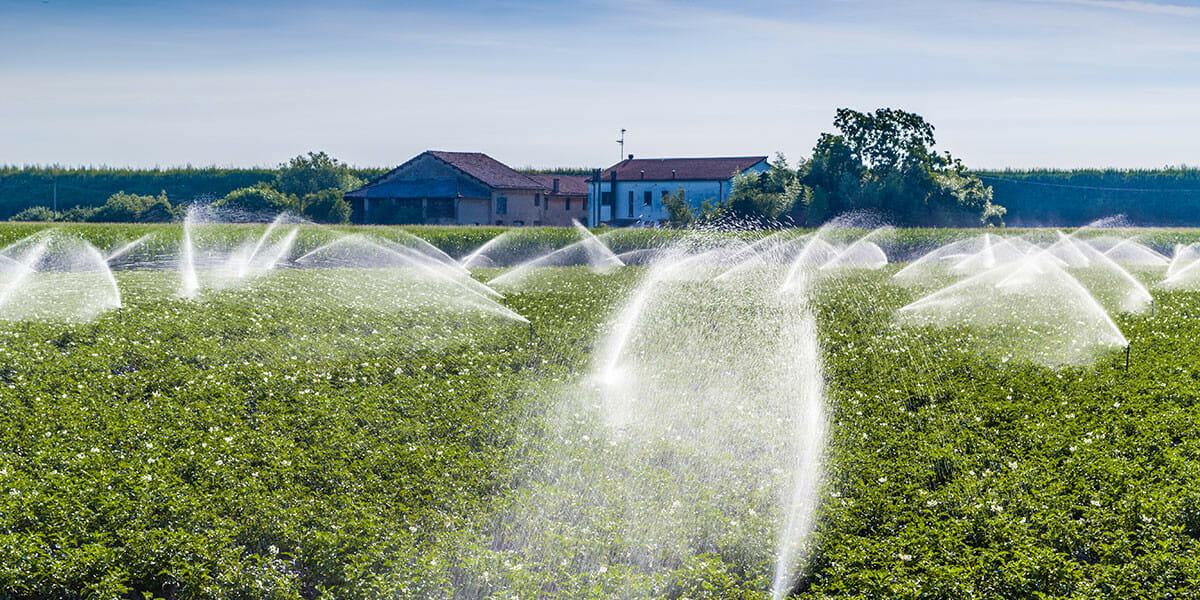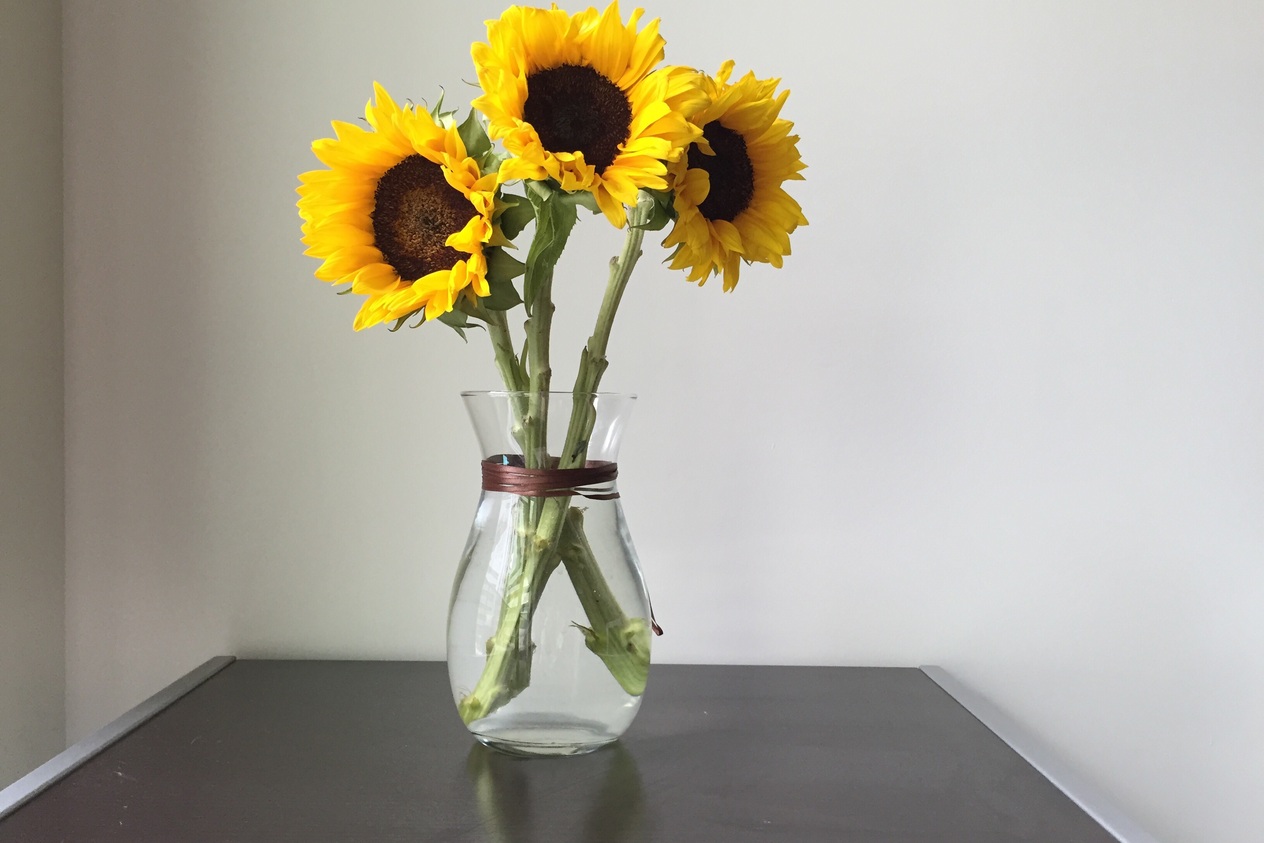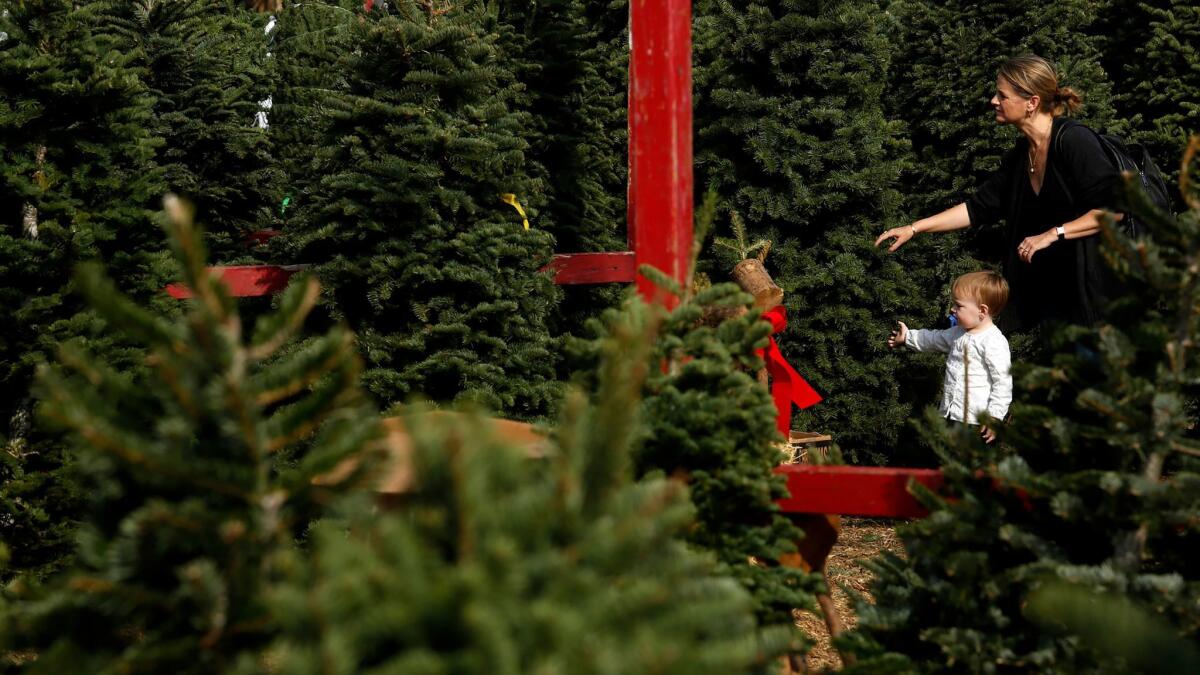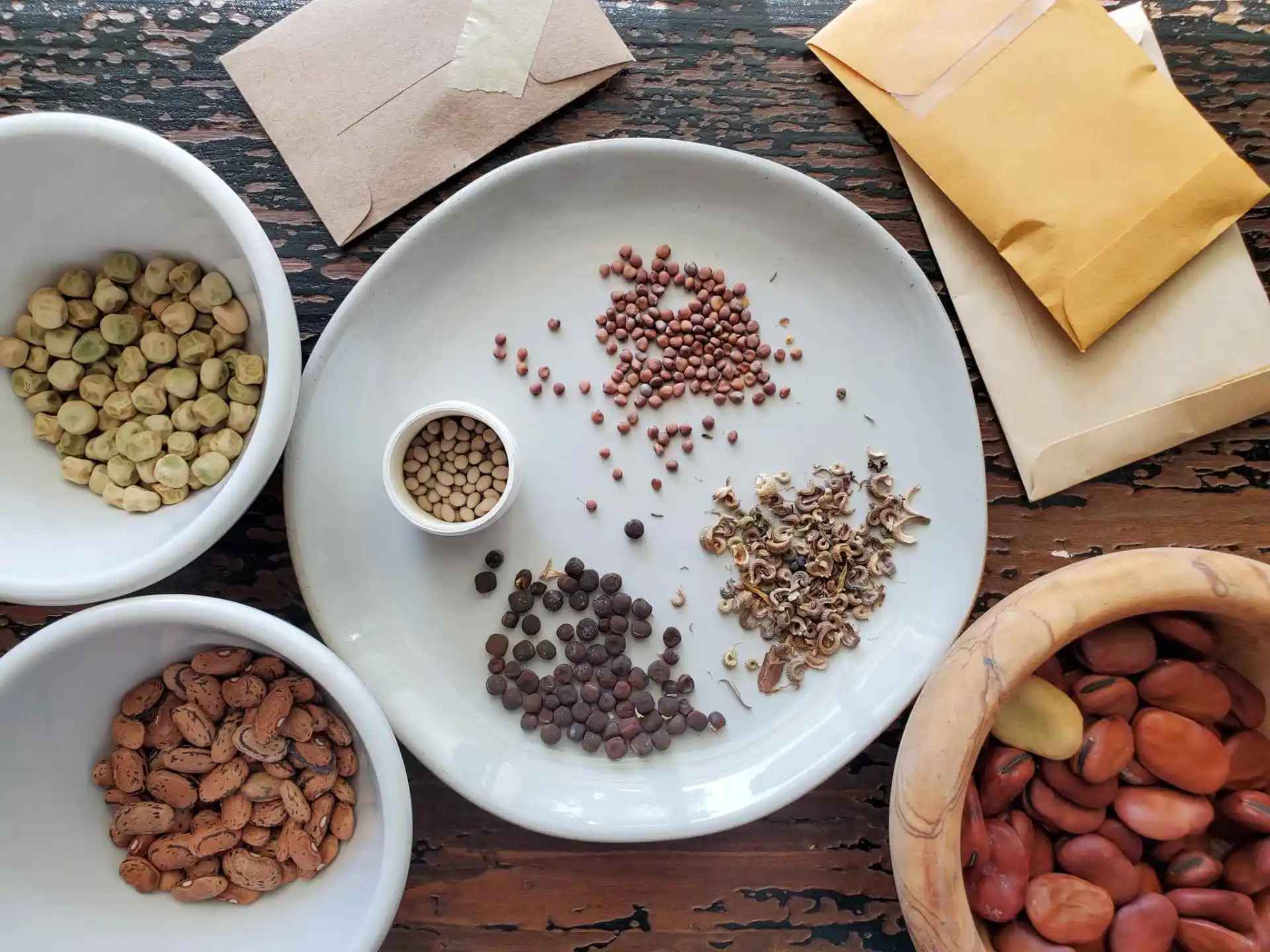Home>Gardening Techniques>Plant Care>How Long Do Live Christmas Trees Last
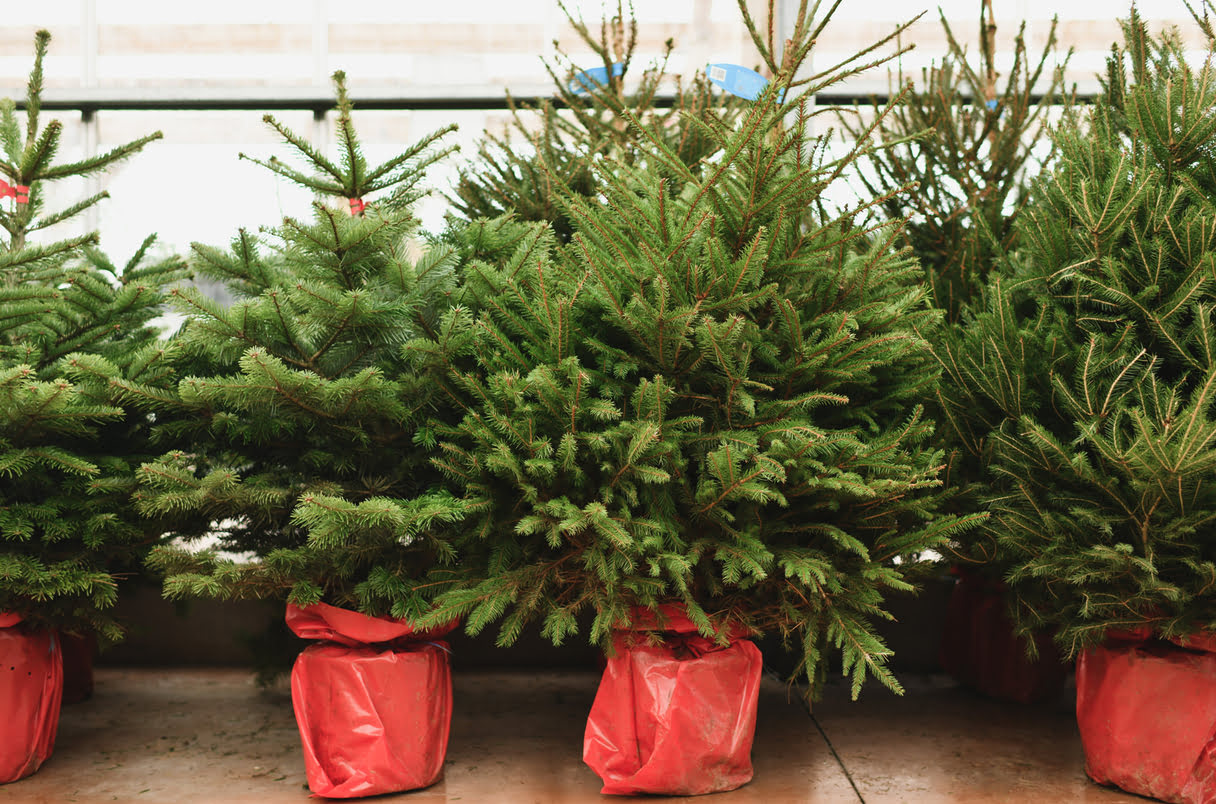

Plant Care
How Long Do Live Christmas Trees Last
Modified: February 9, 2024
Discover the best plant care tips to keep your live Christmas tree looking fresh and vibrant throughout the holiday season. Find out how long live Christmas trees typically last and how to make them last even longer.
(Many of the links in this article redirect to a specific reviewed product. Your purchase of these products through affiliate links helps to generate commission for Chicagolandgardening.com, at no extra cost. Learn more)
Table of Contents
Introduction
As the holiday season approaches, many households start the tradition of decorating a live Christmas tree. A live Christmas tree adds natural beauty and a fresh pine scent to any home, creating a warm and festive atmosphere. However, one of the most common questions that arise is how long a live Christmas tree will last.
The lifespan of a live Christmas tree can vary depending on various factors, such as the type of tree, the care it receives, and the environmental conditions in which it is placed. Understanding these factors and implementing proper care techniques can help extend the life of your live Christmas tree, ensuring that it stays vibrant and healthy throughout the holiday season.
In this article, we will explore the different types of live Christmas trees, discuss the factors that can affect their lifespan, provide valuable care tips to extend their longevity, identify signs of deterioration to watch out for, and present eco-friendly options for disposal and recycling after the holiday season.
By the end of this article, you will have a comprehensive understanding of how to choose, care for, and enjoy a live Christmas tree for as long as possible. So, let’s dive in and explore the fascinating world of live Christmas trees!
Factors Affecting the Lifespan of Live Christmas Trees
Several factors can significantly impact the lifespan and overall health of a live Christmas tree. Understanding these factors can help you make informed decisions when selecting and caring for your tree:
- Tree type: Different types of live Christmas trees have varying levels of natural durability and resilience. Some species, like the Fraser fir and Balsam fir, have a reputation for retaining their needles longer than others. Research the characteristics of different tree species to determine which one best suits your needs.
- Quality of the tree: When selecting a live Christmas tree, evaluate its overall health and appearance. Look for a tree with vibrant green needles that are firmly attached to the branches. Avoid trees with brown, brittle, or drooping needles, as this may indicate poor health or a tree that has been cut for a while.
- Watering: Adequate hydration is crucial for maintaining the vitality of a live Christmas tree. Proper watering prevents the needles from drying out and falling off prematurely. Check the water level in the tree stand daily and ensure that it remains consistently moist, but not overly saturated.
- Temperature: Live Christmas trees are accustomed to the cold outdoor temperatures, so avoid placing them near heating vents, fireplaces, or direct sunlight. Excessive heat can cause a tree to dry out more quickly, leading to needle loss and a shorter lifespan.
- Humidity: Indoor environments can be dry, especially during the winter months. Use a humidifier or place a tray of water near the tree to maintain a more optimal humidity level. This helps prevent the needles from drying out and helps the tree retain its vitality for a longer period.
- Location: Choose a suitable location in your home for your live Christmas tree. Avoid placing it in drafty areas, such as near doors or windows, as the cold air can accelerate needle loss. Additionally, keep the tree away from sources of heat, such as radiators or fireplaces.
- Care and maintenance: Regularly inspect your live Christmas tree for any signs of pests or diseases. Lightly misting the tree with water can help keep it fresh. Additionally, prevent damage to the tree’s branches by avoiding excessive handling or hanging heavy ornaments that may cause them to break.
By considering these factors and implementing proper care techniques, you can significantly extend the lifespan of your live Christmas tree, ensuring that it stays beautiful and vibrant throughout the holiday season.
Types of Live Christmas Trees
When it comes to live Christmas trees, there are several popular species to choose from, each with its own unique characteristics and aesthetic appeal. Here are some of the most common types of live Christmas trees:
- Frasier Fir: The Frasier Fir is one of the most popular choices for live Christmas trees due to its attractive pyramid shape, soft needles, and excellent needle retention. It emits a pleasant fragrance and features sturdy branches, making it ideal for hanging ornaments.
- Balsam Fir: Another favorite among Christmas tree enthusiasts, the Balsam Fir has a classic conical shape and rich dark green foliage. Known for its aromatic scent and excellent needle retention, this tree adds both beauty and fragrance to any home.
- Scotch Pine: The Scotch Pine is a hardy tree with dense foliage and sturdy branches, perfect for showcasing your favorite ornaments. Its bluish-green needles have excellent needle retention, and the tree’s natural shape makes it a popular choice for those seeking a more traditional Christmas tree look.
- White Pine: The White Pine has soft, bluish-green needles that give off a delicate fragrance. This tree has a more open branch structure, making it suitable for larger ornaments and decorations. While it may not have the same needle retention as other species, it is still a popular choice for its graceful appearance.
- Douglas Fir: The Douglas Fir is known for its beautiful pyramid shape, soft needles, and fresh pine scent. It has good needle retention and strong branches that can hold heavier ornaments. Its lush foliage and vibrant green color make it a favorite choice for many households.
- Norway Spruce: The Norway Spruce is a classic Christmas tree with a traditional appearance, featuring dense green needles and sturdy branches. While it may have slightly poorer needle retention compared to other species, it is still a popular choice for its attractive shape and natural beauty.
Each type of live Christmas tree has its own advantages and charm. Consider your personal preferences regarding appearance, fragrance, and needle retention when choosing the perfect tree for your holiday celebrations.
Care Tips to Extend the Lifespan of a Live Christmas Tree
With proper care and attention, you can ensure that your live Christmas tree stays healthy and vibrant throughout the holiday season. Follow these essential care tips to extend the lifespan of your tree:
- Choose a fresh tree: When selecting a live Christmas tree, opt for one that has vibrant green needles that are firmly attached to the branches. Avoid trees with dry or brown needles, as they will not last as long.
- Give your tree a fresh cut: Upon bringing your tree home, make a fresh cut across the base of the trunk, about an inch above the original cut. This will help the tree absorb water more effectively.
- Keep it hydrated: Water your tree regularly to prevent it from drying out. Place the tree in a sturdy stand that can hold water and monitor the water level daily. A good rule of thumb is to provide one quart of water per inch of trunk diameter.
- Protect from heat: Place your live Christmas tree away from heat sources, such as radiators, fireplaces, or direct sunlight. Excessive heat can cause the tree to dry out more quickly, leading to needle loss and a shorter lifespan.
- Mist the tree: Lightly misting the branches with water can help keep the tree hydrated and prevent the needles from drying out prematurely. Use a spray bottle filled with room temperature water to mist the tree daily.
- Manage humidity: Indoor environments can be dry, especially during the winter months. To maintain an optimal level of humidity around your tree, place a tray filled with water near the tree or use a humidifier. This will help prevent the needles from drying out.
- Avoid excessive handling: Minimize handling and shaking of the tree, as this can cause the needles to fall off more rapidly. Handle the tree with care when decorating and try to avoid hanging heavy ornaments that could damage the branches.
- Regularly check for pests: Inspect your live Christmas tree for any signs of pests or diseases. Look for small bugs, egg sacs, or cobwebs. If you detect any infestation, consult with a professional for appropriate treatment options.
- Remove the tree promptly: Once the holiday season is over, promptly remove the tree from your home to minimize needle drop and fire hazards. Check with your local community for recycling or disposal options to ensure proper and eco-friendly disposal of your tree.
By following these care tips, you can ensure that your live Christmas tree remains healthy and beautiful, filling your home with the festive spirit throughout the holiday season.
Signs that a Live Christmas Tree is Deteriorating
Even with proper care, a live Christmas tree may still show signs of deteriorating over time. It is important to be aware of these signs so that you can take appropriate action. Here are some indicators that your live Christmas tree may be deteriorating:
- Needle loss: As a live Christmas tree ages, it is natural for a few needles to fall off. However, if you notice a significant amount of needle loss, especially from the inner branches, it may indicate that the tree is drying out and nearing the end of its lifespan.
- Brittle, dry needles: When the needles of your live Christmas tree become brittle and dry to the touch, it is a clear sign that the tree is dehydrated. Dry needles indicate that the tree is no longer able to absorb water effectively and is losing its vitality.
- Discoloration: If the branches or needles of your live Christmas tree start turning brown or yellow, it is an indication that the tree is deteriorating. Discolored foliage is a sign of stress and can be caused by insufficient water, exposure to heat, or other environmental factors.
- Foul odor: A strong, unpleasant odor emanating from the tree can be a sign of bacterial or fungal growth. This can occur if the tree has been improperly cared for or if it has been in the home for an extended period. A foul odor is an indication that the tree is decaying and should be removed from your home promptly.
- Weakened branches: If the branches of your live Christmas tree become weak or droopy, it suggests that the tree is experiencing significant deterioration. Weak branches may be unable to support ornaments or decorations, and it is a sign that the tree should be removed for safety reasons.
It is important to monitor your live Christmas tree regularly and be attentive to these signs of deterioration. If you notice any significant deterioration, it is recommended to remove the tree from your home to prevent fire hazards and maintain a safe environment.
Disposal and Recycling Options for Live Christmas Trees
After the holiday season, it is important to properly dispose of or recycle your live Christmas tree. Here are some eco-friendly options to consider:
- Municipal Collection Programs: Many cities and municipalities offer curbside collection programs specifically for Christmas tree disposal. Check with your local waste management department to learn about their guidelines and schedules for tree pickup. Make sure to remove all decorations, lights, and tinsel before placing your tree at the designated collection point.
- Drop-off Recycling Centers: Some communities have designated drop-off locations where you can bring your live Christmas tree for recycling. These centers typically shred the trees and use the resulting mulch for landscaping projects or as a natural soil amendment.
- Composting: If you have access to a composting facility, consider composting your Christmas tree. Chop the tree into smaller pieces to accelerate the decomposition process. Make sure to remove any ornaments, lights, or tinsel beforehand, as they are not compostable. The resulting compost can be used to enrich your garden soil.
- Tree-Recycling Programs: Many nonprofit organizations and community groups organize Christmas tree-recycling programs as a way to raise funds or support environmental causes. They collect trees and either chip them for mulch or use them for erosion control in wetland restoration projects. Look for these programs in your area and support their efforts.
- DIY Projects: Get creative and repurpose your Christmas tree for DIY projects. You can cut the branches off the trunk and use them as mulch in your garden beds or as protective cover for delicate plants during the winter months. The trunk can be sliced into disks and used as natural coasters or decorative slices for crafts.
- Organize Tree-Cycling Events: Consider organizing a community tree-cycling event in your neighborhood. Work with local organizations, schools, or even your homeowners association to collect Christmas trees and arrange for proper recycling or disposal. This can foster a sense of environmental responsibility and bring the community together.
Remember, it is important to dispose of your live Christmas tree responsibly to minimize waste and contribute to a more sustainable environment. Explore these disposal and recycling options to find the one that works best for your community and helps prolong the useful life of your tree beyond the holiday season.
Conclusion
Choosing a live Christmas tree adds a touch of natural beauty and festive charm to your holiday celebrations. By understanding the factors that affect their lifespan and implementing proper care techniques, you can extend the life of your tree and keep it looking vibrant throughout the season.
Consider the type of tree that best suits your preferences and make sure to select a fresh and healthy one. Provide adequate hydration by keeping the tree well-watered and misting the branches regularly. Properly place and care for the tree, ensuring it is protected from excessive heat and maintaining an optimal level of humidity.
Be aware of signs of deterioration, such as excessive needle loss, dry and brittle needles, discoloration, foul odor, and weakened branches. Promptly remove the tree if you notice these signs to prevent fire hazards and maintain a safe environment.
After the holiday season, explore eco-friendly options for disposal and recycling. Take advantage of municipal collection programs, drop-off recycling centers, composting facilities, or participate in tree-recycling programs. Consider repurposing the tree for DIY projects or organize tree-cycling events in your community.
By following these guidelines, you can enjoy the beauty of live Christmas trees while minimizing waste and contributing to a more sustainable holiday season. So, make your selection, care for your tree with love, and enjoy the magic and splendor it brings to your home during this special time of year.
